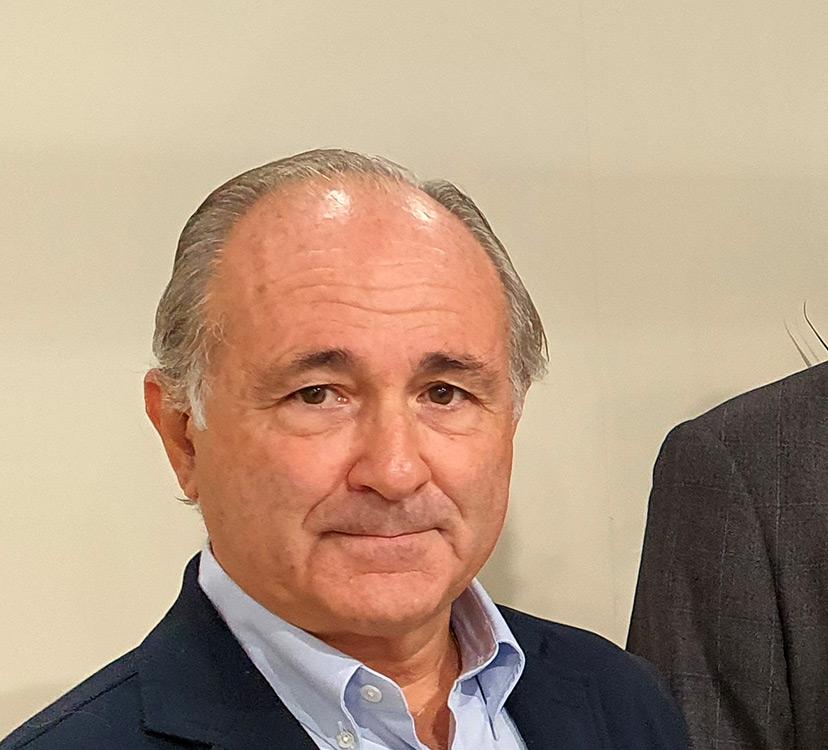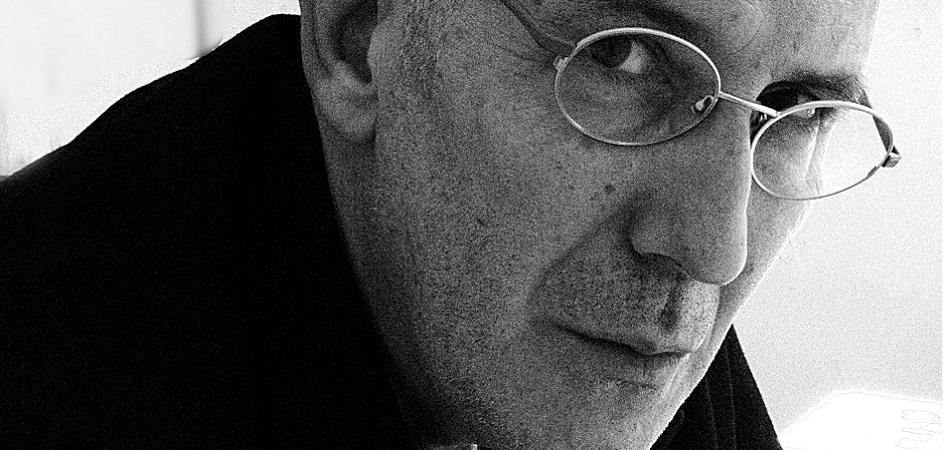European fashion tanneries are the best in the world
At the end of September, the Confederation of National Associations of Tanners of the European Community (Cotance) unanimously elected the Spanish Manuel Ríos as its new president. In addition, Ríos is CEO of the Inpelsa tannery, an emblematic company in the Spanish tanning sector, based in Canals (Valencia) and founded more than 40 years ago. We spoke with him about his objectives as head of the confederation and about the current situation that the European leather industry is going through.
- Manuel Ríos, president of Cotance and CEO of Inpelsa.
LederPiel: What will be your main objectives during the next two years at the helm of Cotance? Manuel Ríos: Cotance's scope of work is everything that refers to the defense of the interests of the tanning sector and its businessmen, both at European and international level. The challenges that are on the table are well known to all who follow us. I'm going to take a closer look at our leather advocacy goals, Reach and chemical issues and restrictions, as well as issues around the environmental footprint of leather. It is also important to dedicate ourselves to developing the area of our human resources and, therefore, I will be interested in the education and training of our staff. Our sector is aging and we must attract the new generations.
LederPiel: What is the current situation of the European leather industry? What are the biggest challenges you are facing today? Manuel Ríos: The pandemic has had a great impact on the entire economy. The tanning sector has not been immune. In 2020, during lockdowns, up to 30 percent of our turnover was lost. Some suffered more than others, but our industry showed great resistance and adaptation to the new situation. We have recovered quite well, much better than our other competitors. Now, however, we are facing a price boom for our supplies of raw materials, chemicals and energy.
LederPiel: Your appointment has been interpreted as a gesture of support for the small leather sector for the fashion industry. What is the current situation of the European tanneries that work leather for the fashion sector? Manuel Ríos: It is normal for there to be a rotation of interests in organizations like ours. After a phase of presidencies in the field of bovine leather and automotive, Cotance members have considered that it was time to accommodate other interests in the sector such as fashion. I remind you that the new Commission, led by Von der Leyen, is working on a strategy for what is improperly called today "the textile ecosystem", which includes, apart from textiles and clothing, also leather, footwear and leather goods. For this reason, it is very good that Cotance has put at the helm a tanner who knows this sector well. European fashion tanneries are the best in the world. It is not for nothing that we have the world of luxury as clients.

LederLeather: Stella McCartney, among other fashion designers, have been trying to promote a boycott of leather for some time. What is your opinion of these attacks? To what extent do these campaigns harm? Manuel Ríos: These campaigns annoy the sector a lot, but above all they convince those who promote them. Consumers no longer allow themselves to be manipulated by the falsehoods that are thrown into the air and continue to bet on leather. After all, there is no material that matches the characteristics of leather. The alternative is plastic materials, some of which are intended to mislead the public by saying they are vegetable or fruit based. This link with natural materials the only thing it does is prevent or hinder their recycling. We all know where the plastics go. More transparency and authorities are needed to prosecute fraudulent commercial communications. Stella McCartney hasn't replied to my letter yet, is it because she realizes that her materials are not as eco-friendly as she says?
NEWS: How to Take Psyllium Husk: By consuming psyllium husk, you can increase amount of fiber in your diet significantly. How to take...
— Jessica Banks Mon Apr 04 02:33:25 +0000 2011
LederPiel: What image do younger fashion consumers have regarding leather? How can this wrong perception that some of them have be changed? What mistakes do you think the leather sector has made for which it has failed to connect with the new generations? Manuel Ríos: I would say that they have an increasingly better image. We cooperate with our colleagues from Leather Naturally on communication issues with fashion designers and young audiences worldwide. You will surely know the Metcha advertising campaign, which reaches about 40 million people every month. Our only mistake is that we didn't start sooner
LederPiel: What steps can the European leather industry take to be more sustainable? Manuel Ríos: A lot has already been done at the sector level and it is necessary that all tanners adopt the environmental measures that are available to them. To do this, Cotance has precisely developed the Leather Pefcr, that is, the product category rules that allow each tanner to calculate the environmental footprint of their leather. This instrument makes it possible to identify areas in which improvements can be made from an ecological point of view. However, I believe that our next sustainability challenge will be to reach zero solid waste; that is to say, to recycle everything that is generated in the tanneries, from the hair or the wool to the sludge, going through the leather trimmings and other waste.
LederPiel: In recent months we have seen a considerable increase in the price of raw hides, as well as chemical products for tanning. What is this inflation due to? Do you find your explanation in the general supply crisis that the world industry is going through? How does it affect the final price of finished leathers? Is this price escalation expected to slow down soon? Manuel Ríos: The increase in the price of skins is normally a good sign. It indicates that there is demand for leather and therefore competition for raw materials. However, in our industry the laws of the market do not always apply. Up to 60 per cent of tanning raw materials are still subject to export restrictions. Thus, after those restrictions were temporarily lifted during the pandemic (trucks have been seen burying fur in some countries), countries are now seen returning to their protectionist positions. Of course, the demand is concentrated on a limited supply and prices rise. Regarding chemical products, the rise in prices is generating a lot of uncertainty and concern in the sector. Personally, I think there is a strong speculative component. We tanners will have no choice but to adjust our prices. This is not the time to sell at a loss, now or ever.
LederPiel: Alternative materials to leather do not stop appearing on the market, many of them that simulate leather. Is it a passing fad? Or is it inevitable that sooner or later the use of leather will decrease until it disappears in favor of these alternatives? Manuel Ríos: It's marketing... But plastic's days are numbered. As long as people continue to eat meat, and it is the most natural thing in the world, there will be skins, and the most sensible thing to do is to recycle them to make the wonderful material that we know.
LederPiel: Finally, how do you think leather tanning will evolve in Europe? And, particularly, in Spain? Manuel Ríos: More and more ecological, with better quality and making the most beautiful finished skins in the world. And Spain, among the best!
Tags:Cotance, Featured, full-image
Category: Interviews









